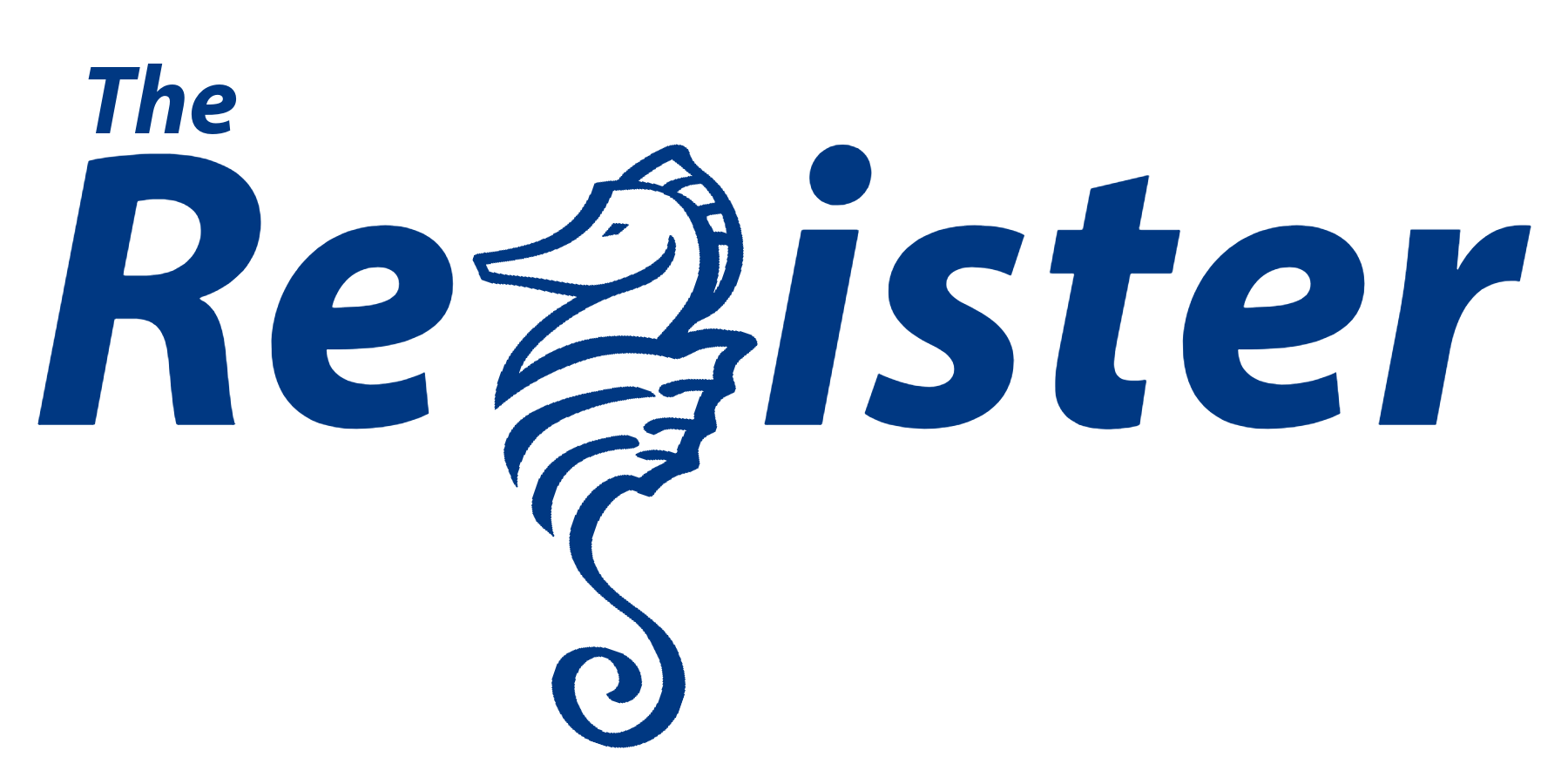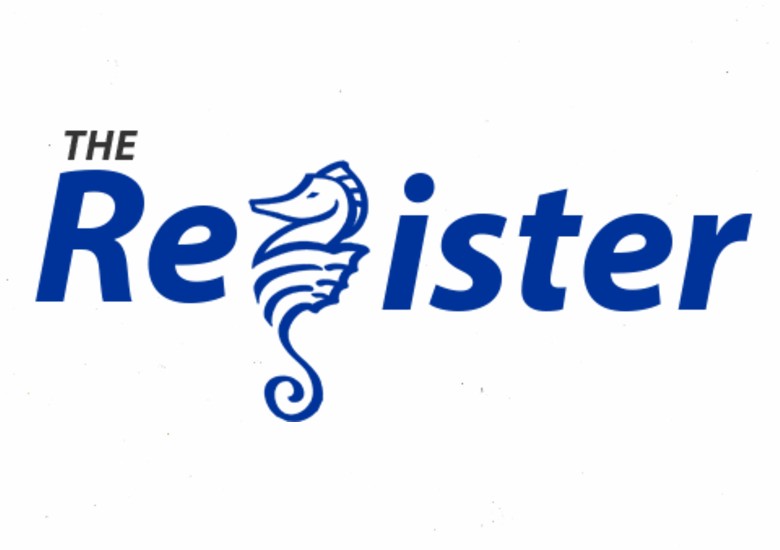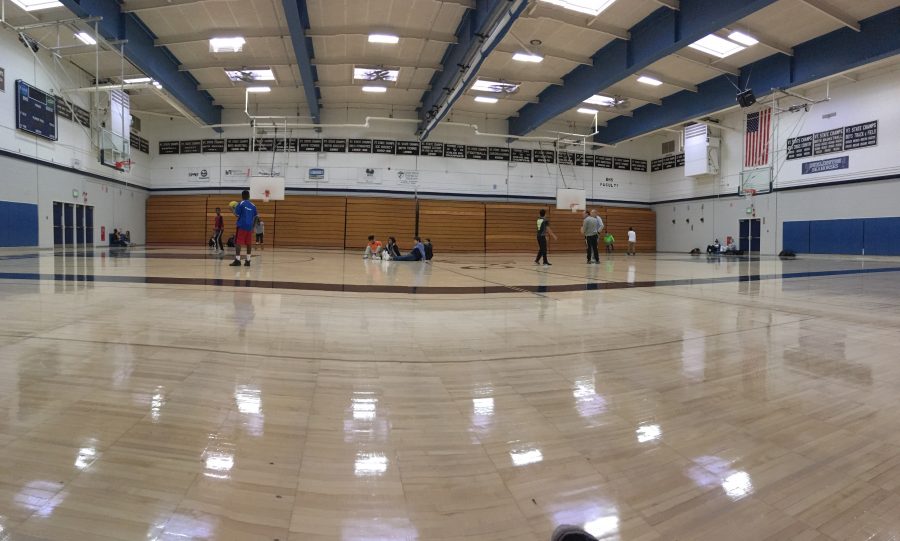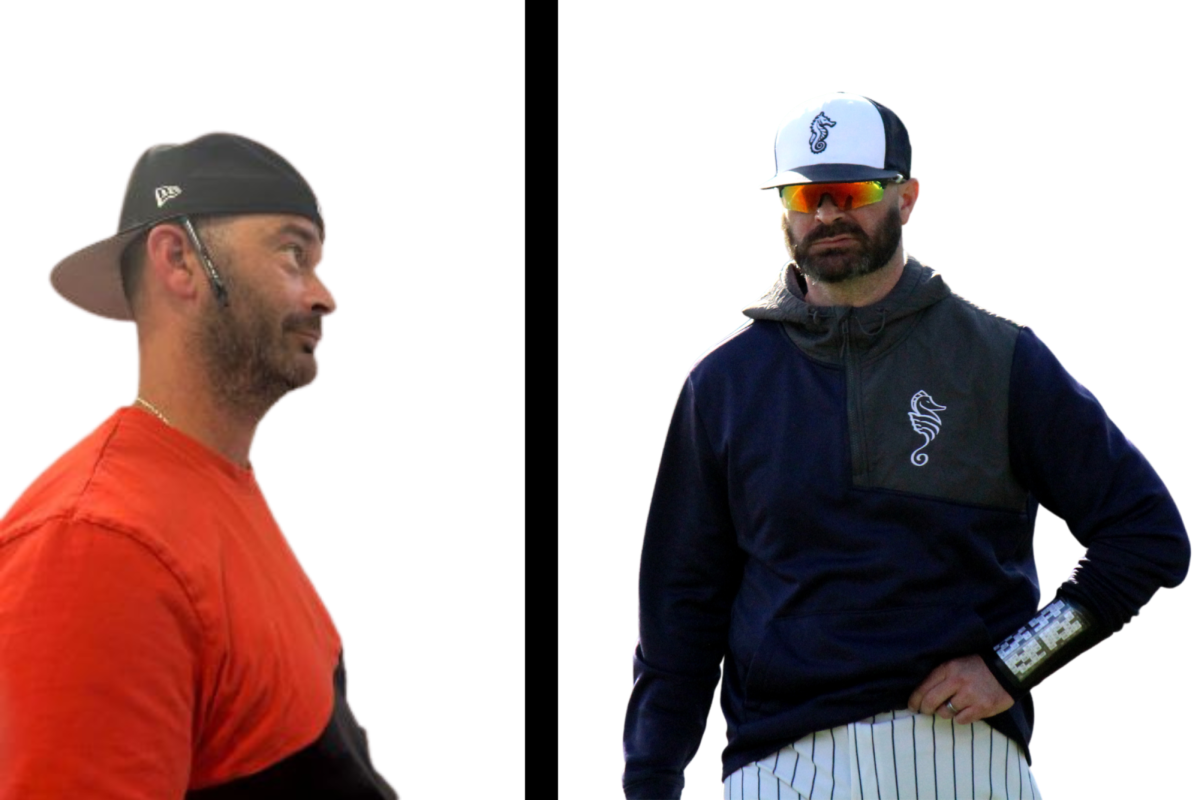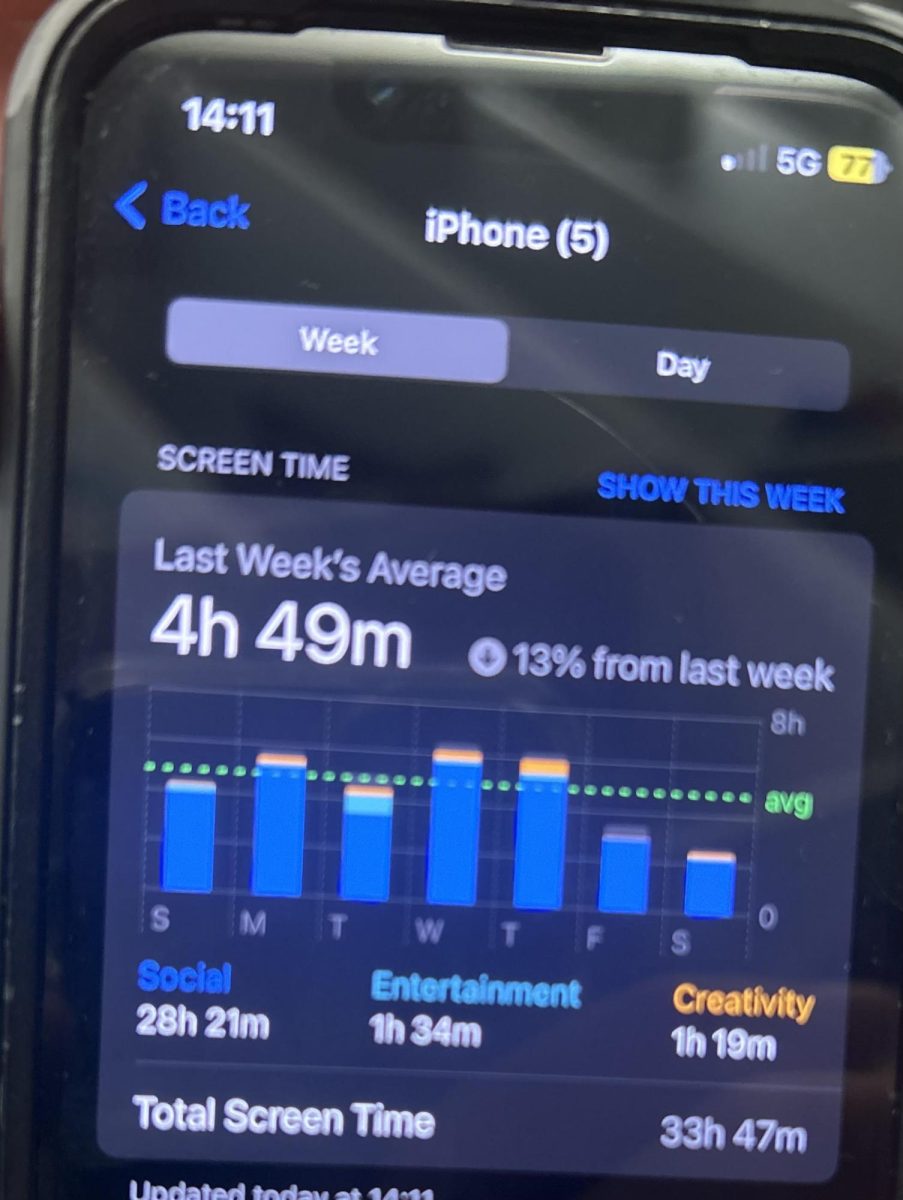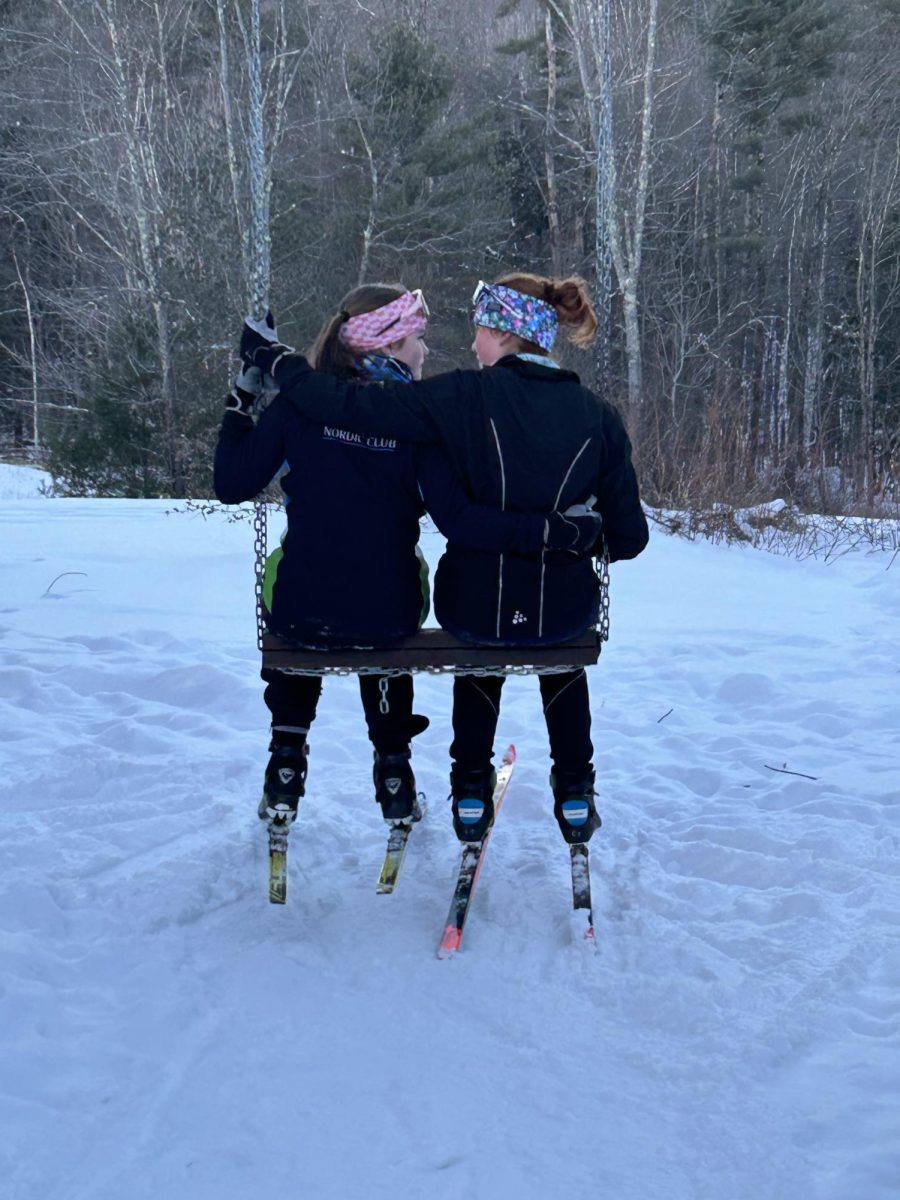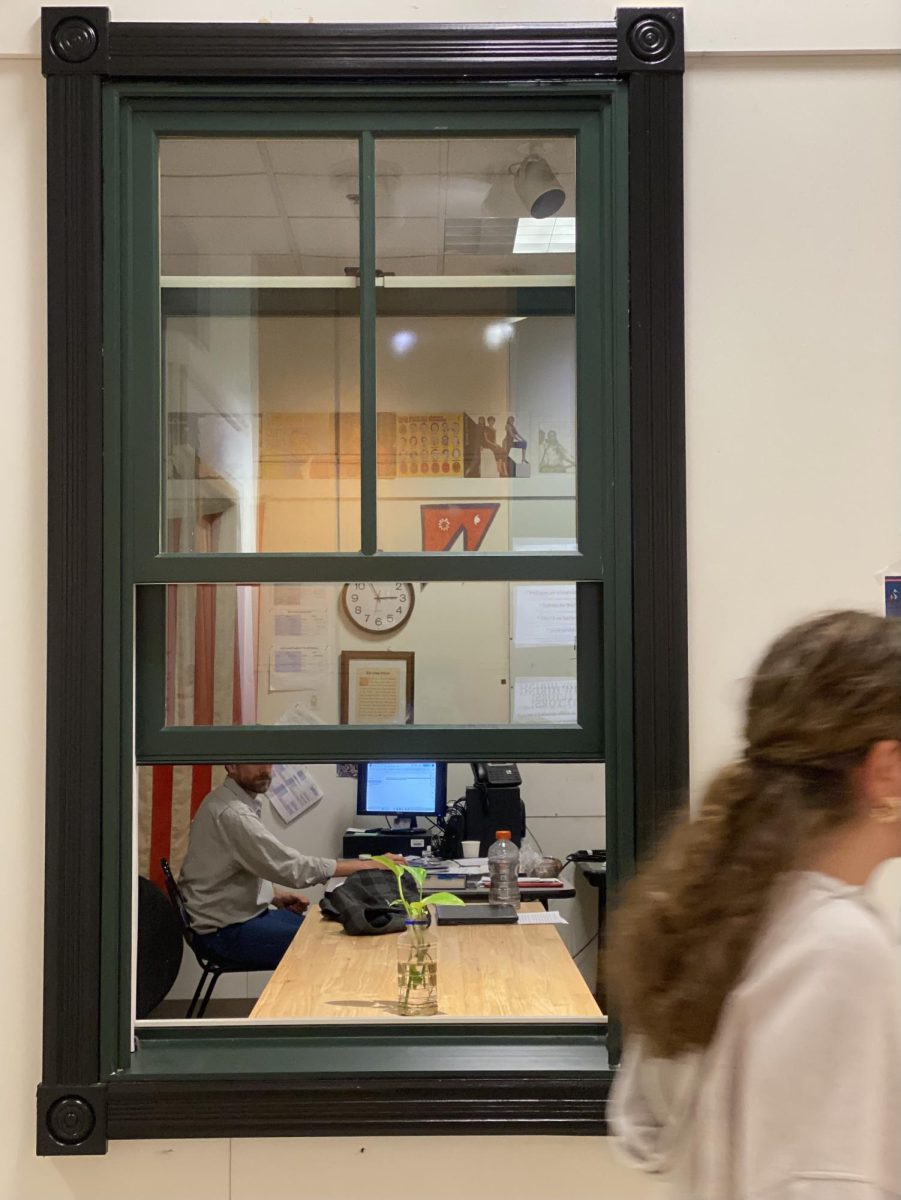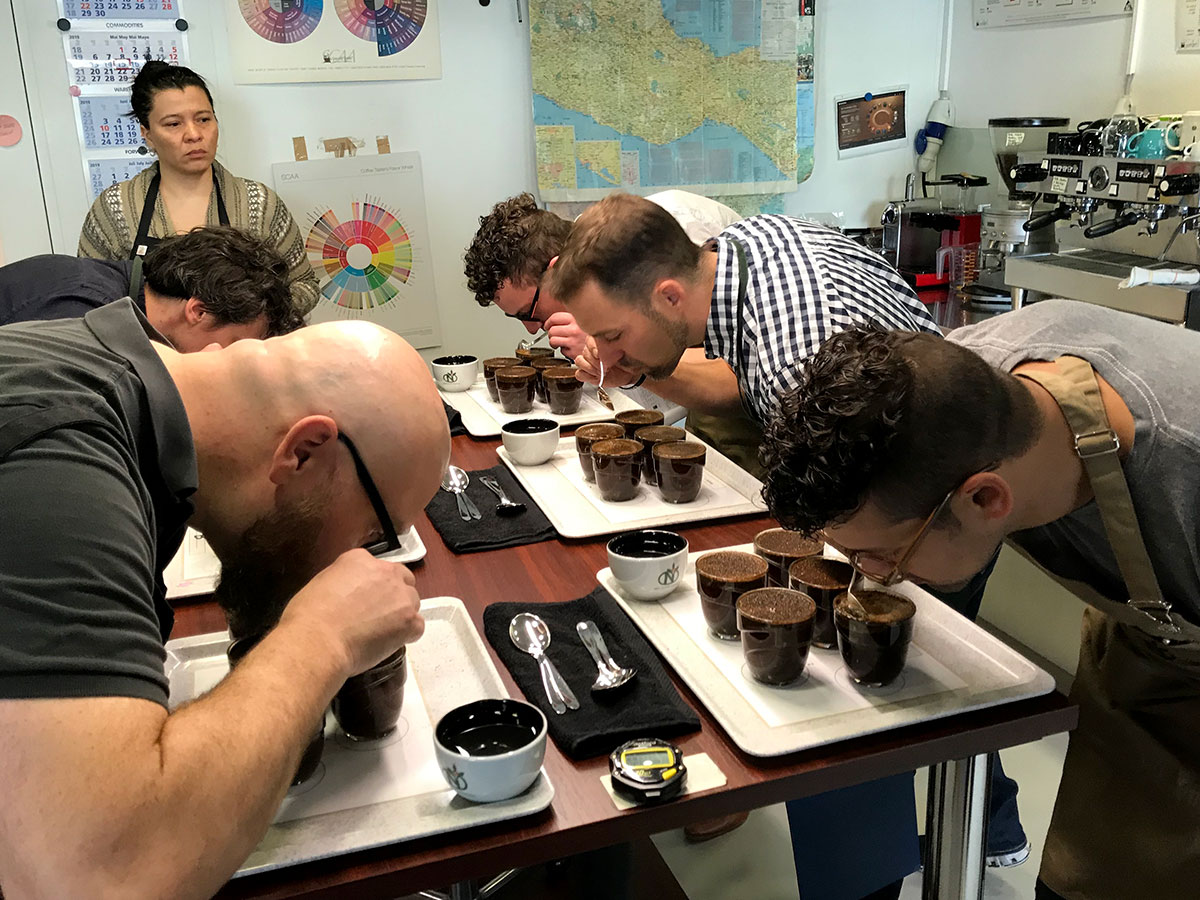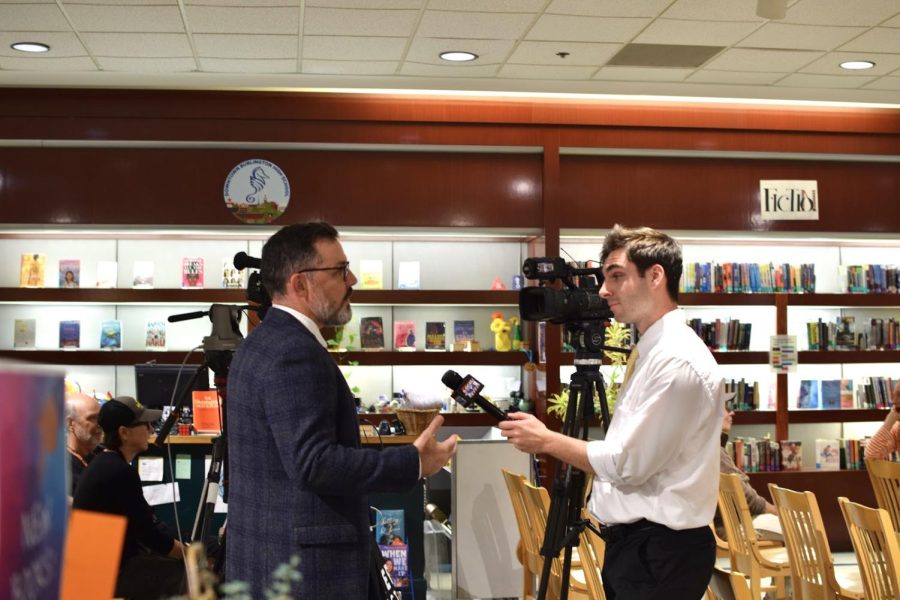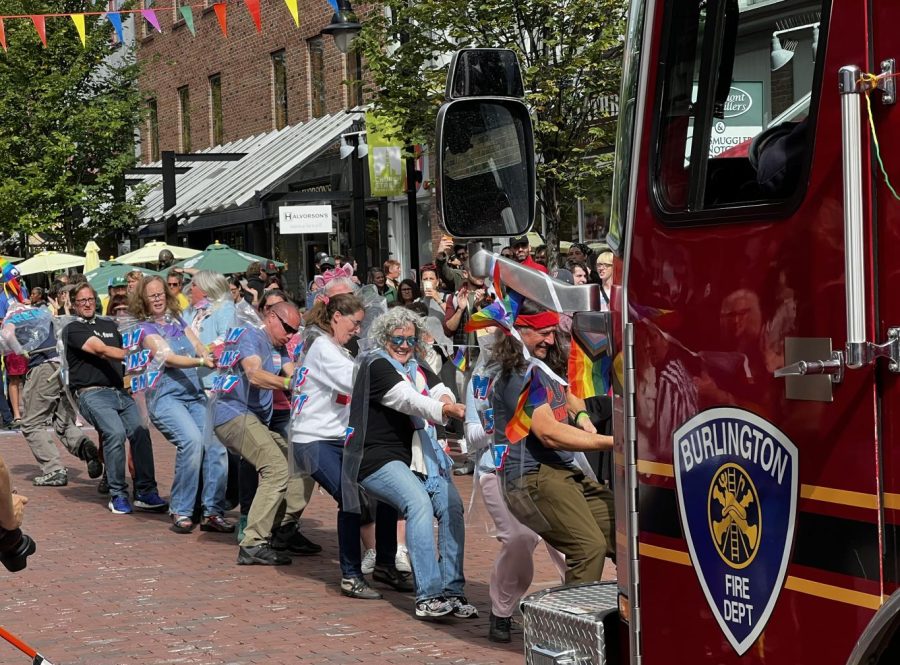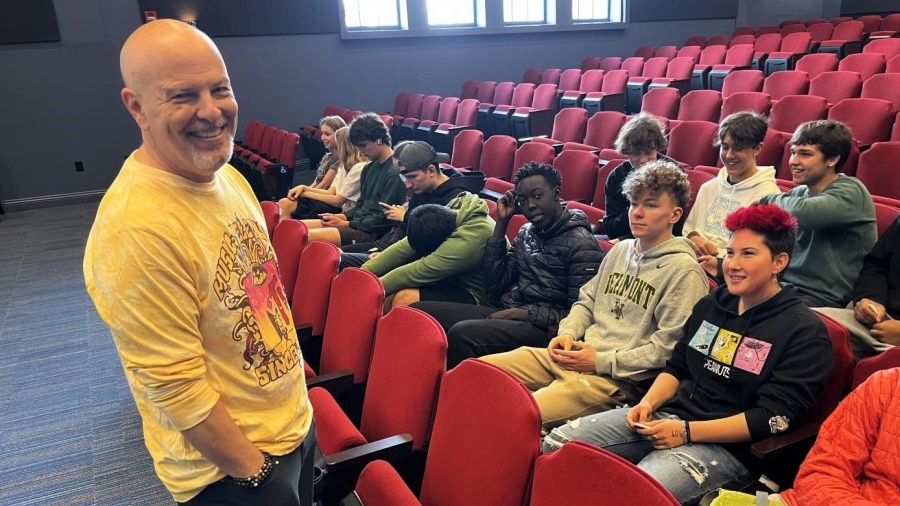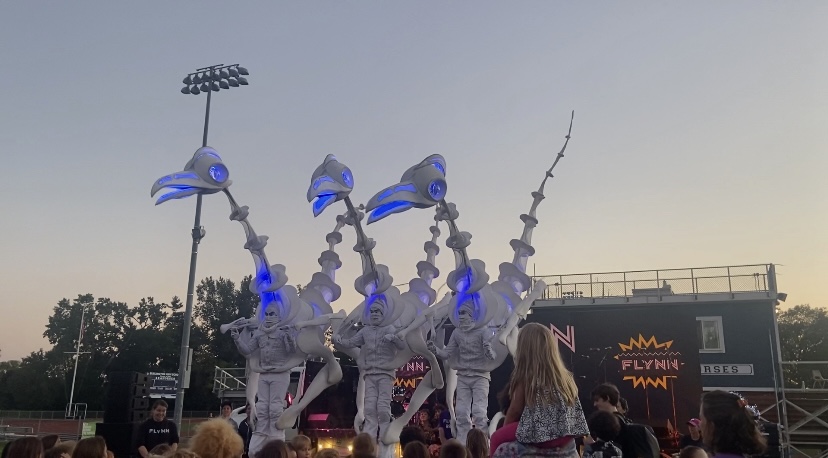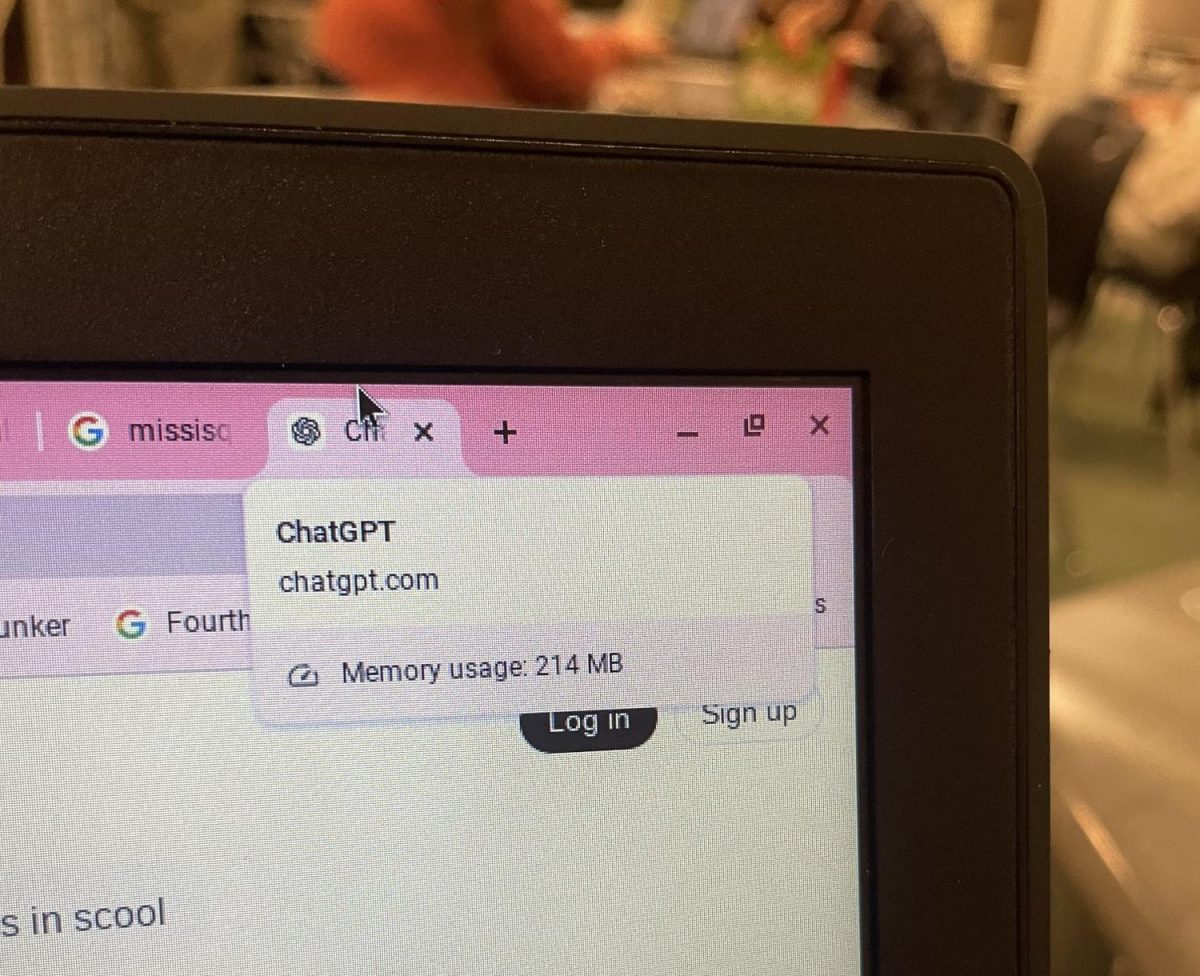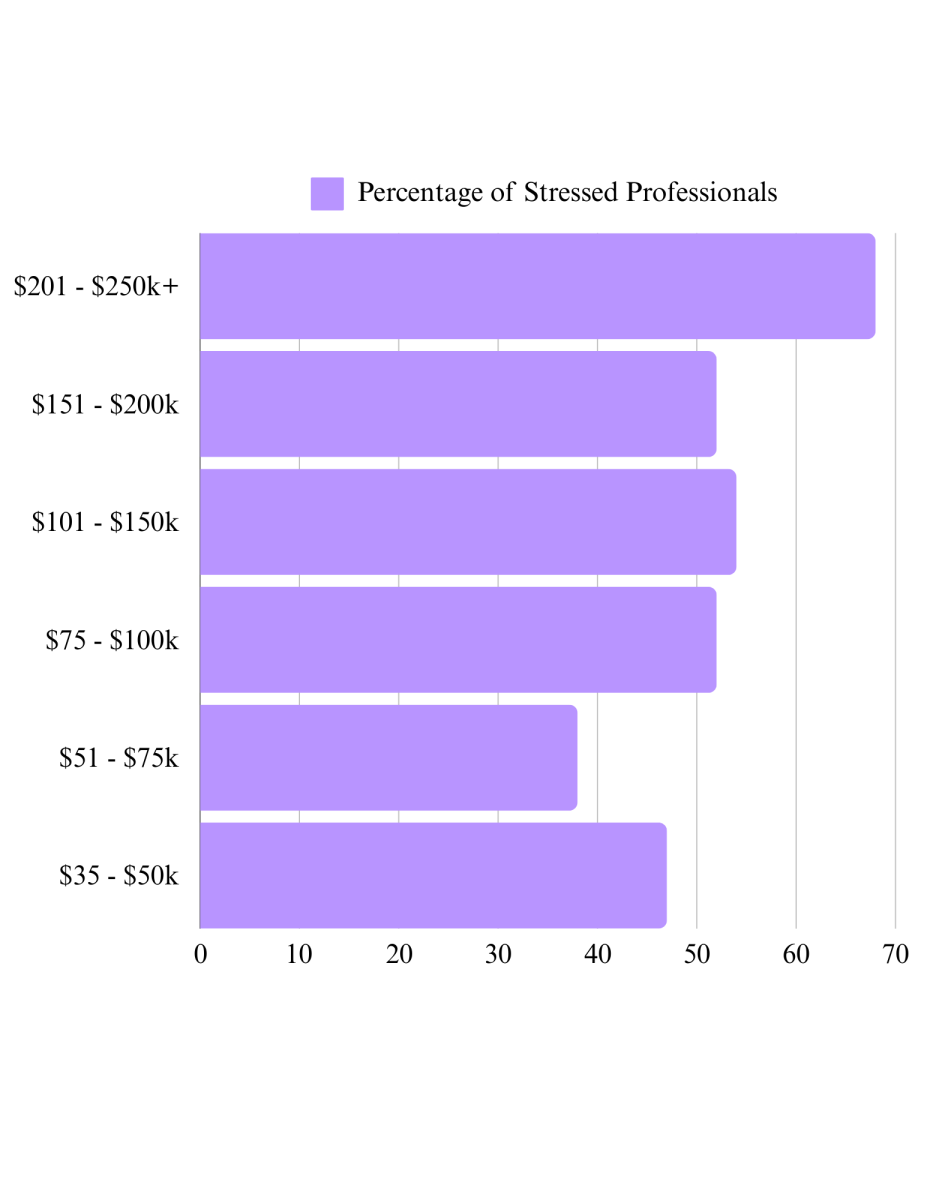Every blue day at 8AM I make my way into the basement of Burlington High School to change into something more suitable for my ‘lifetime activities’ class.
So far this year my classmates and I have engaged in a range of activities from canoeing, to badminton, to weightlifting. The groggy atmosphere of the class combined with my general lack of motivation to participate in such activities provides me with an excessive amount of time spent slumped against the bleachers, pondering why I have to be there.
Meeting physical activity requirements hasn’t always been presented to me in the form of meaningless games. I previously attended a private school that required its students to participate in various afterschool sports instead of offering a gym class. Due to Burlington High School (BHS) expectations, I can not receive P.E. credit for the sports I played after school while at my past school.
It baffles me why the state of Vermont is under the impression that spending 3 – 4 ½ hours a week in gym class learning which side of the court a badminton birdie has to land on will result in my ‘physical literacy’. This becomes especially difficult to understand during the fall and spring when I spend 14 ½ hours at sailing practice and dance class from Monday to Friday. Somehow, this is not considered as beneficial as those mundane mornings spent sitting in a gymnasium.
The Vermont Agency of Education, Physical Education standards state: “The goal of physical education is to develop physically literate individuals who have the knowledge, skills and self-efficacy to enjoy a lifetime of healthful physical activity.”
How does my time spent racing in a boat and Irish dancing fail to meet this bar for success, while sitting idly in my gym class does? My personal health and exercise habits have not come from my 12 years of gym, but rather as a result of self-education and what I’ve learned from instructors and coaches over the years. Playing sports has provided me with the necessary skills to maintain a healthy lifestyle.
Schools who are not bound by state regulations have found a better solution for their students. Private schools, such as Rice Memorial High School, offer students a way to earn Physical Education credit without taking time out of their day to take a gym class. The graduation requirement states that a student needs 1 P.E. credit, which can be earned by “participation in athletics, an active gym membership, and/or demonstrated wellness activities.”
While mastery of all BHS Physical Education proficiencies may not be possible from playing a varsity sport, the most important are. Varsity athletes have the ability to “apply locomotor skills, movement patterns, strategies and tactics in all small-sided practice tasks and games”, “demonstrate effective communication skills and personal management strategies that promote productive team/group dynamics”, and “analyze the relationships among physical activity, nutrition, body composition and academic performance,” among others. It is imperative that we acknowledge that our current P.E. classes fail to meet the entirety of some progressions as well. I have never been asked to “create a plan, train for and participate in a community-based or non-class based event”, or “develop and maintain a wellness portfolio”. So although playing a varsity sport won’t cover all of the proficiencies, neither will partaking in a required P.E. class.
This solution has been justified because playing a sport after school limits the time a student has in the afternoon. They should be compensated for this by being given time during the day to get their work done instead of having to go to a gym class.
I hope to see Vermont schools moving in a direction where student-athletes have a choice. Many models have been established by the Flexible Pathways program which encourages schools to develop opportunities for students to earn credit outside of the classroom. BHS provides students with one option through P.E., the Capstone program that is used for a few students who are accepted into ‘online gym’. In Capstone, students record their hours spent doing physical activity each week. In order to pass, they must accumulate 70 hours by the end of the semester. If I was in this program, I would meet this requirement in under five weeks- or under ten for the entire year. However, Capstone is not advertised. I discovered it halfway through the school year from a friend, but if I had known about it, I would’ve applied. If we were to move towards sports as an option for P.E. credit, students who play sports or have another consistent form of physical activity could use the Capstone program as a way of reporting learning and participation. In order to accomodate all of our student-athletes, the school would need to expand the number of seats available in the program. With 23 people enrolled in Capstone this semester, there is currently more demand for the class than can be met.
Still, Capstone is a hoop to be jumped through; a hassle that our athletes shouldn’t have to deal with. I understand that certified teachers need to assess P.E. standards, but there must be a way to honor the fact that participation in athletics produces all the same benefits, if not more, as gym. I find it hard to believe there is no better solution to this problem than forcing me to take a class that ultimately leaves me void of excitement to learn.
The downside to this argument is that it opens the floodgates for similar systems to be pushed with other subjects. Since our history classes cover religion, should a person receive history credit for volunteering at their church? Math credit for participating in math league? The difference is that while doing these activities may cover a portion of the curriculum, they fail to incorporate other aspects of the class. The goal of gym is not specific to the activities being done in the class, so proficiency can be reached through a wide range of other forms of exercise.
It comes down to my personal feeling that gym is a waste of my time. Since I’ve grown up leading an active lifestyle, gym class falls short in its attempt to introduce me to health-related concepts. It is the school’s responsibility to keep students occupied with compelling work that is an efficient use of their time. For athletes who spend time outside of school to complete a sufficient amount of exercise, gym class is not a productive option.
